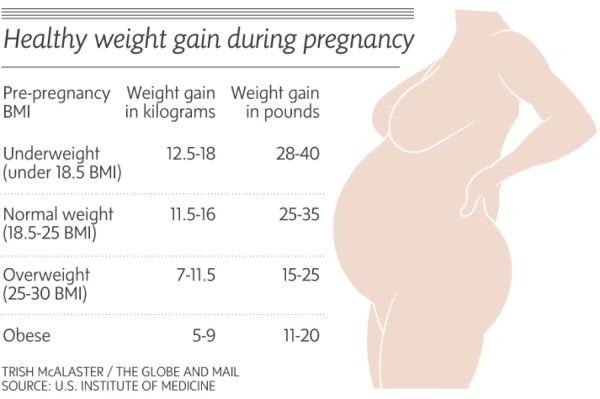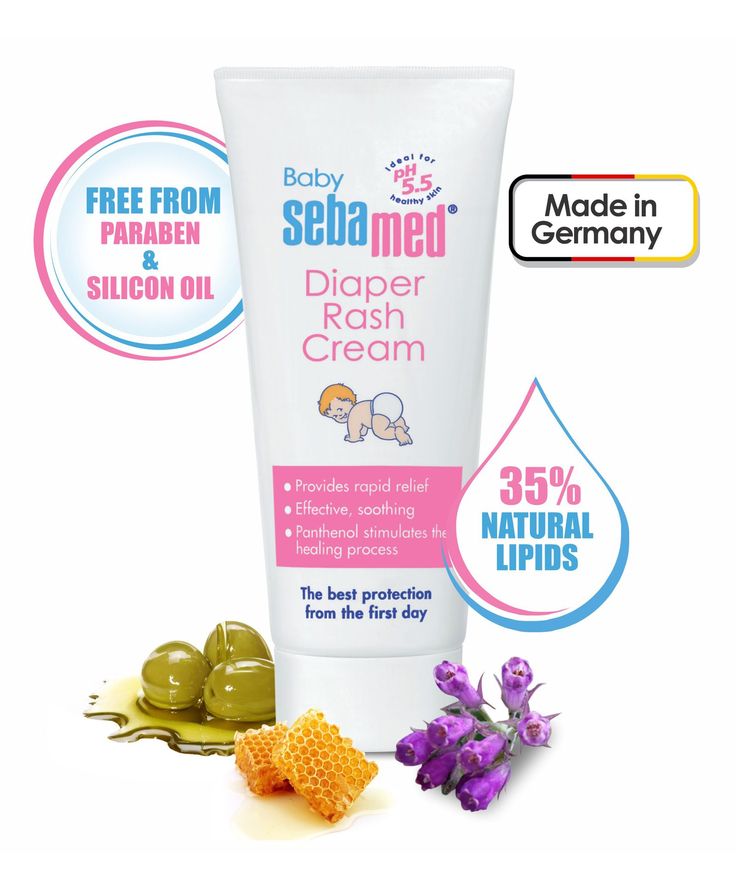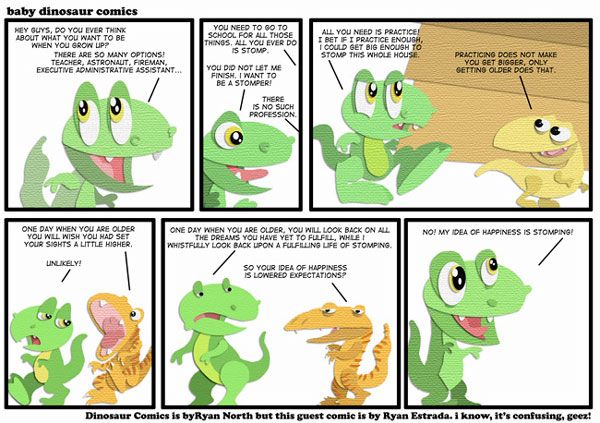Making baby bottles for night feeds
How to prepare bottles for night feeds
Share this post with your friends!
When it comes to feeding your baby at night, preparing bottles is certainly a more complex process than breastfeeding on demand. With that being said, there are, of course, some lovely benefits that come with bottle feeding your baby formula during the night. One of the best benefits of feeding your child this way is that it allows your partner to be involved in the feeding process, thus enabling them some extra bonding time. To introduce formula feeding at night, you first need to know how to prepare bottles for night feeds. There’s no one set way of doing this and different methods of preparation come with varying degrees of effort and safety. Let’s take a look at some of the best ways to safely prepare baby bottles for night feeds.
How to prepare bottles for night feeds: 6 ways
If formula feeding at night sounds like something you and your partner want to try, you’re going to need to know how to prepare bottles for night feeds. In this blog post we’re sharing advice and guidance on the 6 most popular methods used by parents. These options include:
- The Official NHS Guidance
- The NHS’s Flask Method
- Use A Baby Bottle Making Machine
- Use A Mix Of Hot and Cold Water
- Preprepared Bottles
- Ready-To-Drink Formula
Let’s take a look at each method in turn and learn how to prepare bottles for night feeds.
The official NHS guidance for preparing bottles for night feeds.
If you want to learn how to prepare bottles for night feeds and you are a stickler for the rules, the official NHS method may be the right choice for you. In terms of effort, this particular option takes a lot of time and energy – this is something that may contribute to additional stress for both parents and baby in the middle of the night. However, with that being said, it is the safest method for providing your baby with fresh formula milk.
When learning how to prepare bottles for night feeds, the NHS recommends boiling a litre of fresh tap water and pouring it into a previously sterilised bottle. Next, add the correct amount of formula and shake to dissolve the milk powder before cooling the milk to the correct temperature. Check that the milk has cooled down to body temperature by shaking a few drops of milk onto your wrist.
Next, add the correct amount of formula and shake to dissolve the milk powder before cooling the milk to the correct temperature. Check that the milk has cooled down to body temperature by shaking a few drops of milk onto your wrist.
The NHS recommends doing this each time you need to feed your baby during the night.
The NHS endorsed ‘flask method’.
The NHS recommends the ‘flask method’ for parents that need to formula feed their baby when out and about during the day. The NHS does not specifically recommend this method for night feeds, however, it is a useful method to use if you want to cut down on the use of the kettle each night.
Learning how to prepare bottles for night feeds with this method will save you a little bit of time during the night, which should hopefully be less stressful for you and your child. Instead of filling the kettle up each night and boiling it to make fresh baby bottles, you simply fill a flask up with just boiled water before going to sleep. A good quality flask should keep water at a safe temperature of 70˚C or above for several hours.
A good quality flask should keep water at a safe temperature of 70˚C or above for several hours.
Use a bottle preparation machine.
If you want to know how to prepare bottles for night feeds with hardly any fuss at all, you need to invest in a baby bottle preparation machine. The Tommee Tippee Perfect Prep machine makes a great addition to your bedtime arsenal by cutting the time it takes to prepare a bottle during the night in half. In around 2 minutes, the Perfect Prep machine creates a fresh bottle of formula feed for your baby by combining hot sterile water and cold sterile water. After 2 minutes, you’ll have the perfect bottle of milk for your baby.
Tommee Tippee Perfect Prep
Combine hot and cold water in a bottle.
Although the Tommee Tippee Perfect Prep and other baby bottle preparation machines are incredibly useful, they can be expensive to purchase. If you want to learn how to prepare bottles for night feeds that are the right temperature without forking out for an expensive machine, you should try the hot and cold water method. This is essentially what the baby bottle preparation machines do for you, but instead of relying on an expensive gadget, you can do it yourself.
This is essentially what the baby bottle preparation machines do for you, but instead of relying on an expensive gadget, you can do it yourself.
For this baby bottle preparation technique, you will need two sterilised bottles and a freshly boiled kettle. In one bottle, add enough boiling water to make up a quarter of the amount of overall water needed to make a bottle. In the other bottle, add the remaining amount of sterile cold water necessary to create an entire bottle. For babies under 6 months, ensure that the cool water has been boiled and cooled previously.
Next, simply add the necessary amount of formula feed into the bottle that has the freshly boiled water and shake it before pouring it into the other bottle. You will now have a warm bottle of milk for your baby’s night feed.
Premade Bottles.
Freshly made bottles are best, however many parents choose to prepare their baby’s bottles in advance. Premade bottles are a popular method for parents looking to make night feeding easier, so here’s how to prepare bottles for night feeds using this method.
To use this method for night feeds, make your bottles of formula milk the normal way, ensuring that you add your formula powder to freshly boiled water. Next, cool down all the bottles by running them under cold water before placing them in the fridge (do not put them in the fridge door). These bottles will stay fresh for 24 hours.
During the night, these premade bottles can be gently warmed up for your baby by placing them in a bowl of warm water or using a bottle warmer. Do not use the microwave to heat up your baby’s milk as it can leave hot spots, resulting in burning.
Use ready-to-drink formula.
All of the above preparation methods are extremely popular with parents, however, if you want to know how to prepare bottles for night feeds in the fastest way possible, the answer is simple: ready-to-drink formula. It’s possible to purchase premixed bottles of formula from supermarkets and other high street stores which dramatically reduces the amount of time spent preparing your baby’s bottle for night time feeds.
Tips For Making Night Feeding Easier
There’s no denying that night feeding is tough, but there are a few things that can be done to help ease the stress for both you and your baby. Some babies will wake for a feed and go back to sleep with minimall fuss, whereas others may stay awake for hours after a feed. The way that you approach night feeding can have a huge impact on whether or not your baby finds it easy to fall asleep again. Here are a few tips to help make night time feeding easier:
- Keep lighting to a minimal when feeding your baby at night
- Include your partner in your baby’s night feeds
- Don’t change your baby’s nappy unless it’s absolutely necessary
- Make sure your baby has been winded well before laying them back down to sleep
- Use white noise to help sooth your baby back to sleep
How To Prepare A Bottle Of Breast Milk For Night Feeds
Expressed breast milk is an excellent option for night time feeding and it takes very minimal effort to prepare a bottle of breast milk for your baby. One option is to pump right before you go to sleep and use the milk within 6 hours. Breastmilk will sit at room temperature for up to 6 hours making this a great way to feed your baby during the night.
One option is to pump right before you go to sleep and use the milk within 6 hours. Breastmilk will sit at room temperature for up to 6 hours making this a great way to feed your baby during the night.
The second option is to pump and store your breastmilk in the fridge, then use a bottle warmer or a bowl of warm water to gently heat the breast milk to the correct drinking temperature.
How to Prepare Bottles for Night Feeds
By now you will know exactly how to prepare bottles for night feeds and you may well have a new technique that you want to try out this evening. It’s important to remember that all babies are different and all parents are different too; what works for one family may not work for another. Do not feel disheartened if one of these methods doesn’t work for you because you will find one that does!
Share this post with your friends!
Six ways to prepare baby formula feeds at night — Get Get Got
Feeding a baby formula milk at night is a massive faff compared to breastfeeding.![]() Having to make up a bottle to the correct temperature and following all the guidelines is so much harder than just getting your boob out. The only advantage is that it can be shared with a partner.
Having to make up a bottle to the correct temperature and following all the guidelines is so much harder than just getting your boob out. The only advantage is that it can be shared with a partner.
If you could just have some prepared bottles kept next to your bed it would be fine. But bacteria love milk as much as babies do. And babies have very underdeveloped immune systems so could become unwell with sickness or diarrhoea or even become seriously ill from drinking contaminated milk.
So what are the best ways to make up your baby’s bottle safely at night? Here are your options along with a rating of how much effort they are (with five being the most effort required).
OPTION ONE: the NHS recommended method
Effort rating: 5/5 (a lot of effort)
The NHS advise that bottles of formula are made up fresh for every feed. And when they say fresh, they mean that it has to be done like this:
Boil at least one litre of fresh tap water in a kettle and once boiled use it within 30 minutes.
 This is because the water has to be at least 70°C to kill any possible bacteria in the formula powder, which is not a sterile product. Boiled water will stay at more than 70°C for half an hour.
This is because the water has to be at least 70°C to kill any possible bacteria in the formula powder, which is not a sterile product. Boiled water will stay at more than 70°C for half an hour.Pour the boiled water into a previously sterilised bottle.
Add the correct amount of formula powder and shake.
Cool the bottle down to body temperature. To check this shake a few drops of milk on the inside of your wrist. It should feel warm or cool, not hot.
Ways you can cool a bottle of milk down
Don’t forget to put the lid on.
A bottle made with freshly boiled water is obviously way too hot for a baby to drink. But with a baby crying in the night you don’t have time to wait for it to cool down naturally. So here are your options:
Keep a big mug, jug or bowl of iced water in the fridge and place the bottle of milk in it.
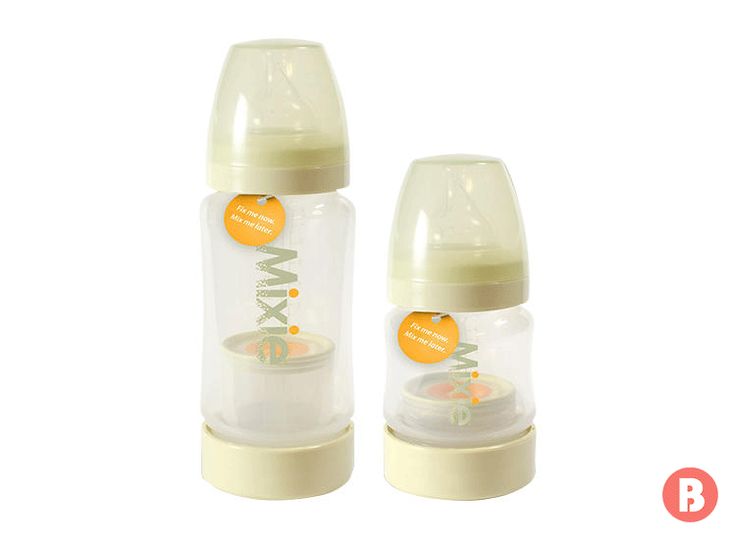 Cooling time for a 150ml bottle is roughly 8 minutes.
Cooling time for a 150ml bottle is roughly 8 minutes.Place the bottle under a tap of cold running water. Cooling time for a 150ml bottle is roughly 8-10 minutes. Although it feels like ten years as you have to stand there holding it.
Use a Nuby RapidCool™. This award-winning gadget will cool milk to the correct temperature. You make up the formula feed as normal but inside the RapidCool™ not a bottle. It will then cool it down. Cooling time for a 150ml bottle is 3 minutes. It is quiet and portable and so can easily be kept in the bedroom. The downsides are that it has to be cleaned and sterilised after each use, which would be annoying if your baby had more than one night feed. It also may not fit in your steam, UV or electric steriliser so would have to be cold water sterilised. And because it absorbs heat it has to have a cooling off period between uses. Depending on your sterilisation method, this is 3-4 hours.
Buy for £39. 99 at Nuby
99 at Nuby
Check price of rapidcool on Amazon
One way around all this is to buy the RapidCool kit. This comprises two RapidCool bottles plus an insulated flask and two milk powder dispensers.
Nuby RapidCool kit
Buy at Nuby
Check price of rapidcool kit on Amazon
OPTION TWO: the flask method
Effort rating: 4/5 (quite a lot of effort)
This is the method that the NHS recommend for formula feeding when you are out and about for the day. They don’t specifically recommend it for regular night feeds.
It’s very similar to option one but cuts out the kettle bit. Instead, you fill up a flask with just boiled water before you go to bed. A good flask that is full and pre-warmed will stay at 70˚C or above for several hours.
The Esbit flask is great as the 500ml one can keep water above 70°C for six hours and the 1000ml flask can keep it above 70˚C for 12 hours. It also has a push-button lid so can be used one-handed. I had the 500ml one and loved it. I still use it now even though my baby feeding days are over as it’s amazing at keeping water hot for ages.
It also has a push-button lid so can be used one-handed. I had the 500ml one and loved it. I still use it now even though my baby feeding days are over as it’s amazing at keeping water hot for ages.
Check price of Esbit flask on Amazon
The Flintronic insulated bottle has an LED temperature display so you know if the water is hot enough. It can keep water above 70˚C for up to six hours.
check price of flintronic flask on Amazon
If you want to prepare the feed from the warmth of your bed, keep the flask on your bedside table along with sterilised bottles and powdered milk dispensers. When you need the milk, pour the water from the flask into the bottle and then add the formula powder. You now have a freshly prepared bottle in line with NHS guidelines. (Obviously, keep your baby well away from boiled water.)
There are also baby kettles that keep water at a certain specified temperature. For example, the ÜneeQbaby kettle, which maintains water at 37˚C-70˚C for 24 hours and at 71˚C - 90˚C for three hours.
For example, the ÜneeQbaby kettle, which maintains water at 37˚C-70˚C for 24 hours and at 71˚C - 90˚C for three hours.
These claim to make life easier as they have the option to maintain body temperature water and therefore make ready-to-drink formula. But the NHS and WHO state that the water mixed with formula powder should be a minimum of 70˚C in order to kill any bacteria.
You should also check that the kettle isn’t keeping the water hot by repeated reboiling. Water for baby bottles should be fresh each time the kettle is boiled as reboiling it increases the level of sodium in the water and could harm the baby’s immature kidneys.
The only problem with the flask or baby kettle method is cooling the milk down once the boiled water has been mixed in. See above for the best ways to do this. Unfortunately, they all involve waiting for a good few minutes, which can feel like a lifetime with a screaming, hungry baby. It’s a lot easier if you’re combination feeding as you can breastfeed while waiting for the milk to cool down and you could keep a mug or jug or iced water next to the flask so you don’t have to get out of bed.
OPTION THREE: the hot and cold water method
Effort rating: 3/5 (not too much effort)
This is not something that the NHS recommends but many parents do use this method.
You need two bottles and a just boiled kettle or a pre-filled flask. In one bottle add boiling water that is a quarter of the amount you need. For example, if you are preparing a 200ml feed, measure out 50ml of boiled water into the first bottle. In the other bottle, add water that has been previously boiled and then cooled. Measure out three-quarters the amount of water you need. So for a 200ml feed - 150ml.
Next, add the formula powder to the freshly boiled water bottle and shake. Then add the cooled boiled water and shake again. This will give you a freshly made bottle at the right temperature.
It’s important to add the powder to the boiled water immediately as the low volume means it reduces in temperature more rapidly than a full bottle of boiled water.
Like option two, you could keep the bottles, flask, cooled boiled water and powdered formula pot by your bed to make it even easier.
The cold water should be cooled boiled water up until your baby is six months old. After that, the NHS say they can have water straight from the tap.
OPTION FOUR: the baby bottle making machine method
Effort rating: 2/5 (pretty easy)
Baby bottle makers are often used by parents to quickly make bottles of formula. In the UK, the Tommee Tippee Perfect Prep is the most popular and recreates the hot and cold water method of option three.
It makes a bottle to the perfect feeding temperature in two minutes. A small amount of boiling water is dispensed into a bottle which you then immediately add the formula powder and shake to dissolve. The machine will then dispense the remaining amount of water. This water is cold but has gone through a special antibacterial filter that eliminates any impurities from the water.
The Day and Night Perfect Prep has a volume control so it can be used silently at night and it also has a soft night light.
It’s pretty straightforward. You just have to make sure the water tank is full and you have the sterilised bottles and formula powder ready. However, it does need to be put through a cleaning cycle every 4 weeks and every time the filter is changed. They recommend you install a new filter for every 150 litres of formula made. This will be around every three months if you’re doing 6 x 260ml feeds a day. It’s important to use the correct filter and these cost around £12. The machine will also need occasional descaling. So it might be very easy in the night but there will be a bit of daytime faffing involved.
It’s also worth noting that the smallest size feed it can make is 4oz (150ml) and a newborn or combination-fed baby will not drink this much milk in one feed so there is wastage. Formula milk that has been partly drunk should be thrown away after one hour.![]() This is because bacteria can transfer from the baby’s mouth and grow rapidly in the milk.
This is because bacteria can transfer from the baby’s mouth and grow rapidly in the milk.
The Tommee Tippee Perfect Prep is extremely popular but it is not without its critics. The company that makes them has tested the machine in an independent laboratory and is satisfied that the initial hot shot of water kills any bacteria in the powder. But in 2014 the Food Standards Agency expressed some concerns. You can read more about this here.
There have also been reports of black mould being found in the pipes of a Perfect Prep but Tommee Tippee have stated that if you use the correct filter, which is changed regularly and you carry out regular cleaning cycles there should be no issue. If you are still worried, they have said you could run an extra cleaning cycle before the recommended one using a sterilising solution such as Milton or food-grade white vinegar.
You can read reviews and buy the Perfect Prep here:
Check price of Perfect Prep on Amazon
For a comparison of the five most popular baby bottle makers, see here.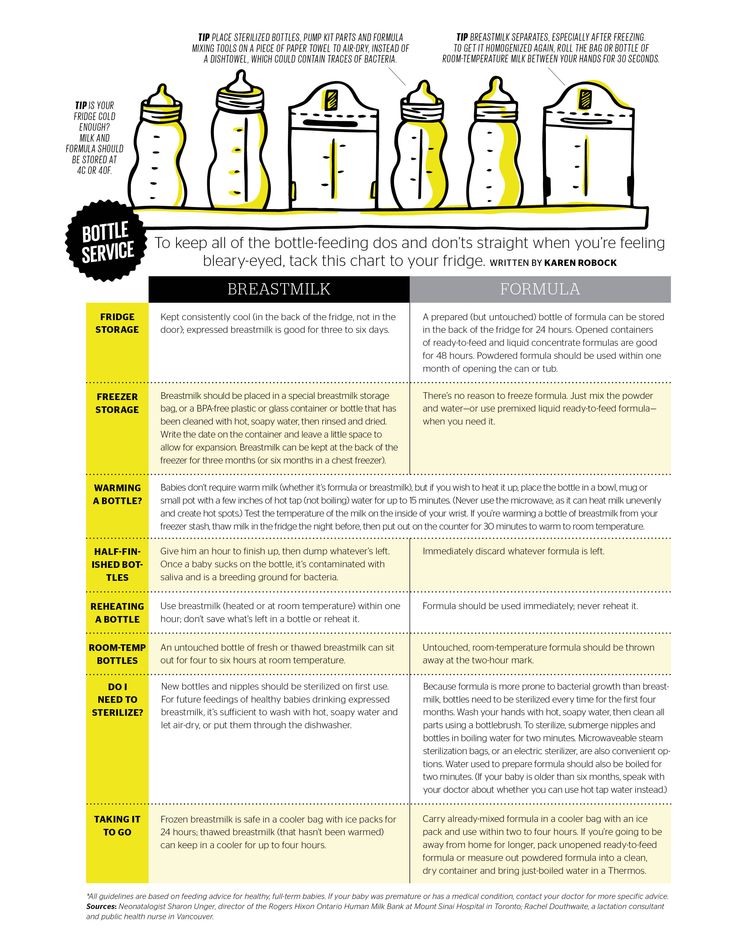
OPTION FIVE: the pre-prepared bottle method
Effort rating: 1/5 (easy)
We all know by now that freshly made is best but many parents prepare them in advance. This method is described on the NHS website as the second-best alternative to the flask method if you need to feed when away from the home or transport a feed. They do not specifically recommend it for regular night feeds.
The safest way to pre-prepare bottles is to make the bottles in the evening in the normal way, ensuring the powder is added to freshly boiled water. Then immediately cool the milk under running cold water or in a bowl of cold water. Next place at the back of the fridge (not in the door shelves) where they will stay fresh for 24 hours. You could also put them in a cool bag with an ice pack, where a bottle will stay fresh for 4 hours.
Then, when required, take one out and either give it to your baby cold or warm it up using a bottle warmer or by placing for a short while in a mug/jug/bowl of hot water.
Don’t use a microwave to warm up formula milk. It does not heat the milk evenly and could create hot spots that may burn your baby’s mouth.
Can babies drink refrigerator cold formula?
Yes, it’s fine. Although it has been suggested that for very small newborns or premature babies it is best to warm it up as this means they aren’t expending energy to regulate their overall temperature.
It has been also suggested that warm milk is easier for babies to digest but there hasn’t been any firm evidence to prove this.
You may find that your baby will prefer their milk warmed as breast milk is (unsurprisingly) body temperature.
OPTION SIX: the ready-to-drink formula method
Effort rating: 0/5 (very easy)
Most formula brands also sell a ready-to-drink version. This is a ready-made liquid formula that comes in bottles and is completely safe to use. As long as they are unopened they can be kept at room temperature which most babies will be happy with. So you would just need to grab a bottle of the liquid formula and pour it into a sterilised bottle and you could keep both by the side of your bed. If they want it warmed up slightly you could use a bottle warmer or put the bottle in a mug of boiled water (well out of reach of your child). Keeping boiled water in a good flask will mean you are not also having to wait for the kettle to boil.
So you would just need to grab a bottle of the liquid formula and pour it into a sterilised bottle and you could keep both by the side of your bed. If they want it warmed up slightly you could use a bottle warmer or put the bottle in a mug of boiled water (well out of reach of your child). Keeping boiled water in a good flask will mean you are not also having to wait for the kettle to boil.
One downside is that they are more expensive than powdered formula and are often around double the price. You might not be happy about the environmental cost of all the small plastic bottles it comes in. And another drawback is that they usually come in bottles of 200ml. Most babies won’t drink as much as 200ml in one feed until they are around four months or older. The remainder can then go back in the fridge but has to be used within 24 hours. And then, unless your baby is happy with cold milk, you will need to warm it.
Conclusion
Night feeds are hard and making fresh bottles with freshly boiled water every few hours makes it even harder. But this is the safest option unless you are able to use the more expensive ready-to-drink formula. Despite this, many parents use one of the other options without any problems. I hope all this information will help you make an informed decision about your nighttime formula feeds. What do you think? Which option above do you prefer?
But this is the safest option unless you are able to use the more expensive ready-to-drink formula. Despite this, many parents use one of the other options without any problems. I hope all this information will help you make an informed decision about your nighttime formula feeds. What do you think? Which option above do you prefer?
If you buy through a link on this site, I may earn a small affiliate commission. 5% of profits will be donated to UK Baby Banks to help parents in need of essentials.
ABOUT THE AUTHOR
Annabel Port is the founder of Get Get Got and in a former life, a Sony award-winning radio presenter. After the birth of her son, she brought her forensic research skills to the world of baby products to help new parents not repeat her mistakes.
DISCLAIMER: I am not a health professional and everything provided here is for informational purposes only and is no substitute for advice from your health visitor or GP. Where I have stated that other parents use a particular method, it does not necessarily mean that it is safe for your baby or that I endorse it. Following of any of these methods is entirely at your own risk.
Where I have stated that other parents use a particular method, it does not necessarily mean that it is safe for your baby or that I endorse it. Following of any of these methods is entirely at your own risk.
READ MORE:
What you actually need for a baby - in order of popularity
What you need in your hospital bag - in order of popularity
8 of the best baby bottles
11 of the best sterilisers
UV sterilisers: are they the best for baby bottles?
FROM THE BLOG:
The 13 baby products that I’m still using with a five year old
The top 10 lesser known but very useful baby products
Baby bottles, HomeAnnabel PortFirst sectionComment
0 LikesBIBS 5013216 Feeding bottle set Ivory 110ml (without bumper)
Our advantages
Delivery on the day of order
Delivery works 7 days a week across the Crimea from 10:00-20:00
Wide range
children under 5 years old.
Quality Assurance
All items in my Lvenok stores carry a manufacturer's warranty.
Promotions and discounts
Be the first to know about promotions, discounts and special offers from moy Lvenok store.
Convenient self-delivery
You can pick up the order yourself in one of the stores in Simferopol.
Own warehouse
All goods are placed in moy Lvenok's warehouse equipped for storing children's goods.
Payment methods
You can pay for the purchase in any way: cash to the courier, bank card to the courier, card according to the details.
- 2180 R
In stock
1962 r
VIP discount card price in retail stores
BIBS BABY GLASS BOTTLE is an indispensable and eco-friendly bottle for your baby. The bottles have been specially crafted from the purest, premium borosilicate glass. It is a 100% safe material that contains no microplastics and does not release any harmful substances into milk - making it the best choice for caring parents.
The bottles have been specially crafted from the purest, premium borosilicate glass. It is a 100% safe material that contains no microplastics and does not release any harmful substances into milk - making it the best choice for caring parents.
Scandinavian retro design, calm colors will suit almost any baby. You can combine them with your favorite BIBS products.
- Volume: 110 ml, for children 0+ months
- 100% natural rubber (nipple) and premium borosilicate glass are the cleanest food and drink materials, do not release any harmful substances into milk/formula. No contact of liquid with plastic! Does not contain bisphenol-A and other harmful substances.
- Borosilicate glass has high strength and heat resistance. The bottle is not subject to stains, easy to clean and wash, and has no foreign chemical odors.
- The shape of the soft rubber nipple ensures that the bottle does not interfere with breastfeeding
- Special anti-colic valve reduces discomfort and colic in the baby
- Wide neck, clear measuring scale, and a special convenient funnel (included) make it easy to quickly and quickly use the bottle
- A special bumper protects the bottle if it falls.
 Thanks to him, the bottle does not slip and does not create additional noise when you put it on the table
Thanks to him, the bottle does not slip and does not create additional noise when you put it on the table - The set includes a slow flow teat. Medium flow teat available separately
- Latex nipples need to be changed once every 4-6 weeks
- Separate multi-coloured removable accessories are available to change the design of the bottle according to your mood.
- Accessories are made from food safe TPU, recyclable and biodegradable
- The bottle has been certified in the Russian Federation as safe baby products 0+, and also complies with the European standard EN14350.
- Manufactured in: DENMARK
Contents:
- Borosilicate glass bottle 110ml
- Teat made of natural rubber (latex) - slow flow
- Mix hopper
- Protective cap
- Leakproof lock
- Teat ring
Recommended use:
- Be sure to check the temperature of the liquid before feeding
- The latex teat must not be sterilized, boiled or frozen.
 The best way to sterilize is to douse with boiling water or rinse in hot water.
The best way to sterilize is to douse with boiling water or rinse in hot water. - Microwaveable borosilicate glass bottle
- The bottle and all accessories (except the teat) can be frozen, thawed and dishwasher safe
- Before each feeding, inspect and check the nipple by gently stretching it in different directions. Pay special attention to this during the teething period of the baby. At the first sign of damage or change, the teat must be replaced
Reviews
BIBS 5013216 bottle for feeding in the IVRY IVRY 110ML set (without bumper)
Brand:
BibS
View:
5713795220885
Previous Next
Our advantages
Same day delivery
Delivery works 7 days a week across the Crimea from 10:00-20:00
Wide range
We offer the most complete range of products for expectant mothers, newborns and children up to 5 years of age.
Quality Assurance
All items in my Lvenok stores carry a manufacturer's warranty.
Promotions and discounts
Be the first to know about promotions, discounts and special offers from moy Lvenok store.
Convenient self-delivery
You can pick up the order yourself in one of the stores in Simferopol.
Own warehouse
All goods are placed in moy Lvenok's warehouse equipped for storing children's goods.
Payment methods
You can pay for the purchase in any way: cash to the courier, bank card to the courier, card according to the details.
Products of this brand
Buy with this product
Do not forget to also buy
Baby feeding bottle: how to choose which ones are
Mother's milk is the best source of nutrition for the baby. But some factors force the baby to be transferred to mixed or artificial feeding. A special baby bottle helps in this.
But some factors force the baby to be transferred to mixed or artificial feeding. A special baby bottle helps in this.
It allows you to feed your baby formula or expressed milk if the mother is sick or absent. It is important for parents to know what to look for when buying goods for children.
What are the types of baby feeding bottles?
The first baby bottles were leather, porcelain and wood. They were in the shape of a small teapot. The usual variant for us appeared in 1841 in the USA, it was made of glass.
Nowadays, the market for baby products is oversaturated, manufacturers offer a huge range of bottles. The task of parents is to choose the highest quality product. What bottles are there?
Depending on the material the bottles are made of:
- glass, for example, Pigeon, Avent Natural - environmentally friendly, withstand high temperatures, easy to clean. Rinse with warm water to remove food and liquid residues. The downside is that they are heavy and can break if dropped;
- plastic, e.
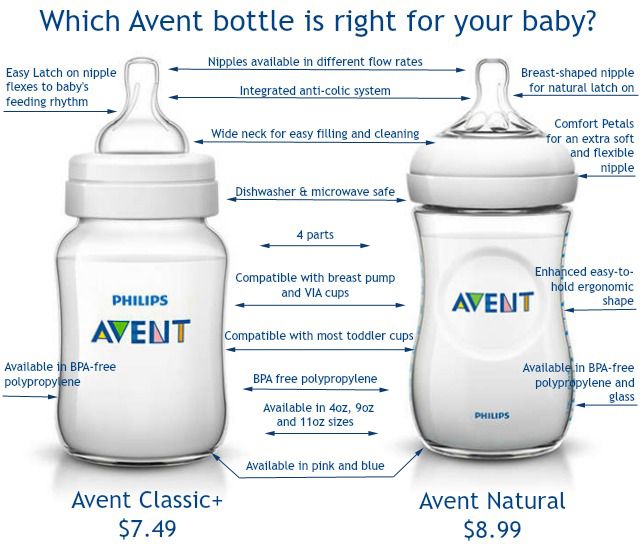 g. Snub, Mammelan, Small Small Less. They are light, withstand temperature and do not deform. With prolonged use, cracks may appear, and the color of the container changes due to the use of colored drinks;
g. Snub, Mammelan, Small Small Less. They are light, withstand temperature and do not deform. With prolonged use, cracks may appear, and the color of the container changes due to the use of colored drinks; - silicone - very light, most often used for filling mashed foods. The only drawback is that the walls are painted from products.
The shape of the baby bottles also varies. The most comfortable option is a wide, straight model that fits ergonomically in mom's hand, such as Mal Mala Less, Kurnosiki, Avent. The curly type is comfortable to hold, but harder to rinse.
The size of the container should be selected taking into account the weight, age of the baby and the amount of food he eats at a time. For newborns, small ones are ideal - up to 125 ml, older children should choose a capacity of 200 ml or more.
Bottles with narrow or wide neck. In the first case, the nipple is easier to pick up. But a container with a wide neck is much more convenient for filling the mixture and washing.
Bottle feeding may be needed from birth. To do this, manufacturers produce special bottles with an anatomically shaped nipple, reminiscent of mother's breasts. This increases the chances that over time the baby will not give up the breast.
Many manufacturers equip containers with accessories that make it easier to use. One example is the handles located on the side, like the Kurnosiki, Mal Mala Less. With their help, the baby can independently hold the bottle.
In addition, there are anti-colic bottles, such as Avent, Mammelan, designed to prevent swallowing air when feeding a baby. A special valve located on the nipple allows you to equalize the pressure and eliminate the creation of a vacuum.
Criteria for choosing a baby bottle
Among all the variety, it is sometimes difficult to make the right choice. The main guidelines are quality, price and safety. Key purchase criteria include:
- convenience;
- quality;
- environmental friendliness;
- presence of anti-colic protection;
- volume;
- neck size;
- availability of add-ons.


